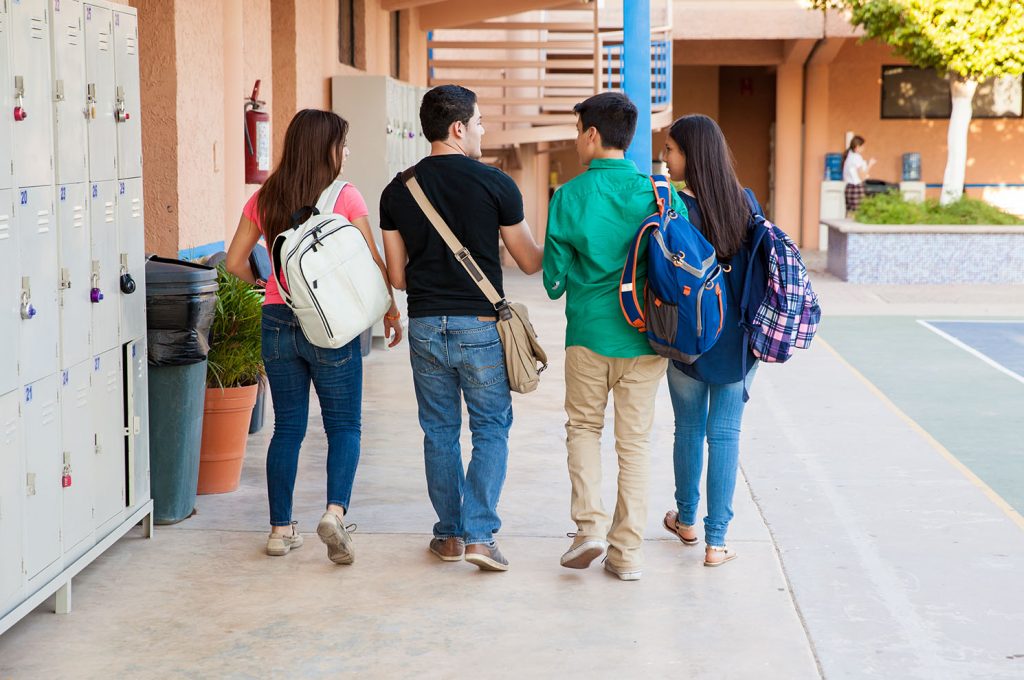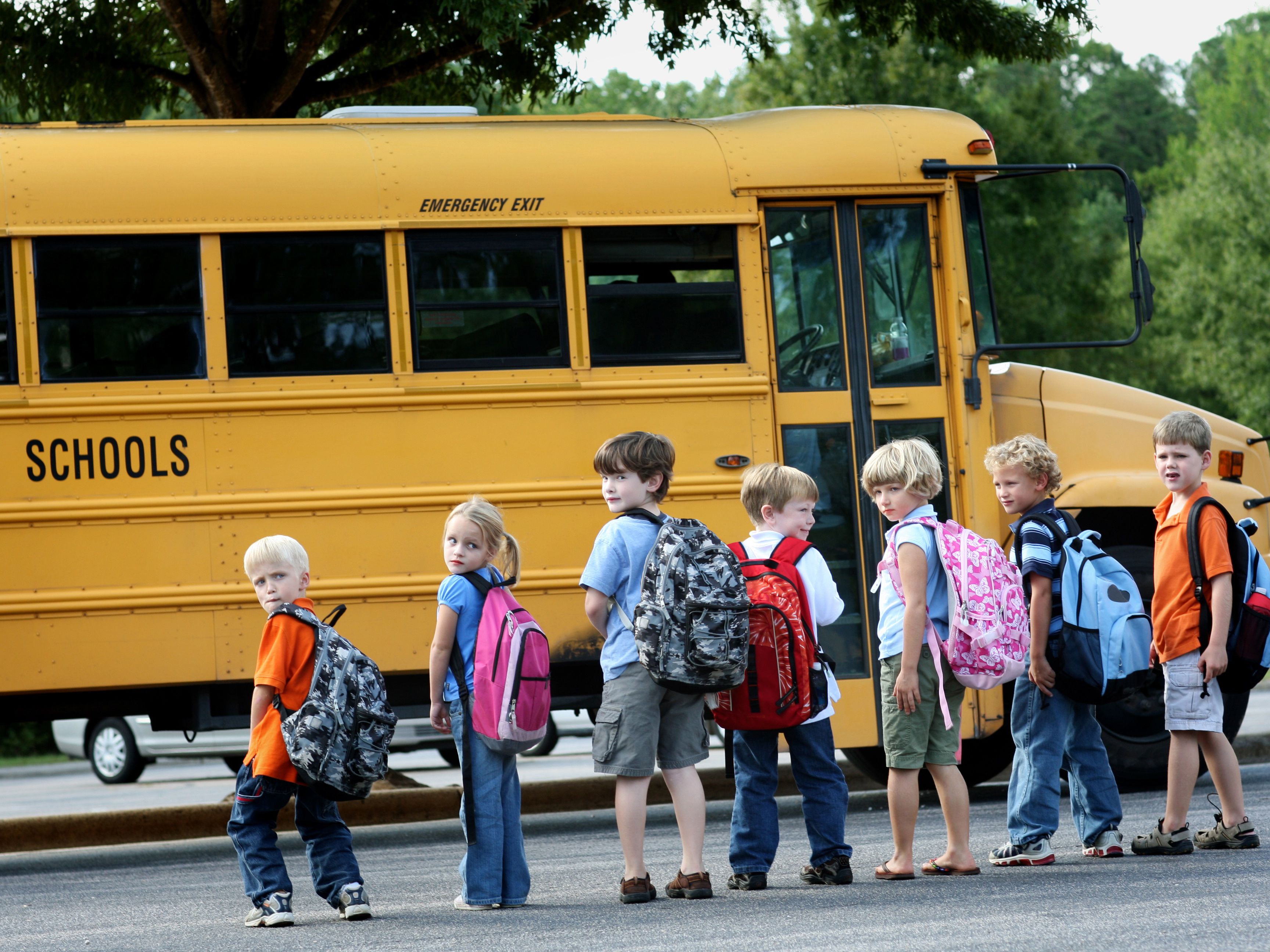Colleges and universities come with a lot of freedom. Students get to manage their time and decide what they want to do without parent involvement. Some students know how to find a balance between work and play and dedicate a significant amount of time on their studies using already written essays and some for leisure. Other students, on the other hand, spend much of their time enjoying themselves and little on their studies. This comes to impact their overall academic performance in a negative manner. Hence, professors have to chip in and find out why some of their students perform well, whereas others have bad grades. They have to look at how these students who perform in an unsatisfactory manner manage their time. Additionally, they have to track the students’ location to find out if they are doing something productive or not.
Benefits of Tracking Students’ Location
Tracking in education is a tactic many educational instructors use to not only know of a student’s class attendance but also what activities they participate in during their leisure time. This tactic is efficient and effective in that professors and instructors can help many students manage their time in a wise manner. Additionally, it helps many students know and understand that college life is not all about enjoying oneself. Instead, it is about ensuring you secure yourself a fruitful and prosperous future by working hard. To track students’ location, learning institutions need to rely on technology. Technology has significant impact on various fields such as education, health, transport, and communication, among others.

antoniodiaz / Shutterstock
According to academic experts at PerfectEssay, relying on technology benefits the education sector in many ways. Not only can learning institutions embrace virtual reality to enhance learning but also have an ID card tracking system that can help them track a student’s location. Having tracking applications helps educational instructors keep tabs on students who attend class, encourage class participation, and monitor those who struggle with catching up in class. Some learning institutions count a student’s class attendance as part of their final grades. It is fundamental that educational instructors and professors choose accurate and reliable attendance trackers. Some of the most popular technologies educational instructors can use in tracking students’ location are as follows:
Geolocation
Geolocation is a location smart feature that educators can use to track students. This feature identifies the position or location of a phone by calculating the quantifying or enumerating the strength signal of cell towers then sending the radio signals to the GPS (global positioning system) receiver. The purpose of this approach in student GPS tracking is having sufficient information to enable your phone to figure out a particular location.
Geolocation uses a similar technology to that of in-car satellite navigation. Some phones display a particular icon on the notifications bar, which lets people know that someone is tracking their location. Also, some buildings experience some difficulties in receiving GPS signals. However, that should not deter educational instructors from finding where a particular student is using this approach. Geolocation works well on Wi-Fi. It uses Wi-Fi access points to reconnoiter or find out the location of a device.
To use geolocation, educators ought to develop or establish an area on a map, a geofence, which immures or encircles their lecture halls and computes the number of devices within the set space as making an appearance at their lectures.
Using GPS to track students can be both advantageous and disadvantageous.
Pros
- Tracking a location is available on smartphones and new laptops. Additionally, it does not need any setups from the students.
- For a track smart attendance, a student’s device ought to unfold or emerge within the geofence to catalog attendance, so cheating or lying by sharing the code is not possible.
Cons
- Schools location or student tracking can yield erroneous or imprecise results based on various factors including signal strength, the last utilization of the devices, and the landscape. False negatives may be discovered, such as the results showing that the student is absent when they are, in fact, present. As a result, the GPS tracking method is not reliable in identifying and recognizing in-class students.
- The results may show feign or sham location. Many apps found on the App Store can allow or permit the setting of any location on a Mac and all modern internet browsers. Hence, using this approach in tracking a student’s location is no better than tracking them using an attendance code. Furthermore, you will not need someone else inside the lecture.
- The technology of this approach is a massive battery drain. It requires higher battery life percentages each hour to function.
- The geofence requires development. The fence requires a reset if the regular class moves or takes place in a non-class environment.
Proximity detection

verywellfamily.com
The proximity detection is an effective student data tracking substitute for satellites. It can track a student’s location as well as their proximity to other students. This approach operates by developing a beacon (more so the educator, although a student can act as one) and identifying if each student is near the beacon. Proximity detection works similarly to attendance by sight. However, the phone checks off names and not you.
Pros
- Tracks when a student leaves class early. When you are a sophomore, oftentimes, you will need to get an assignment done for the next lesson. Undergrads may suggest to write an essay for you, but you need to pick up a paper in their class or at their dormitory. However, with proximity detection, it becomes impossible.
- Their battery systems are much more efficient than the geolocation method.
- Reserves student confidentiality by storing information that shows a student’s location in relation to other students.
- It is difficult to fake the data as checking the attendance depends on the location of the educator or where the beacon is set.
Cons
- Mobile phones are the only devices that can listen for proximity beacons.
- A loophole can be detected if a student other than the one tracked takes their phones to class.
Polling
Polling is a track smart method that registers the presence of students in class by prompting them to answer or respond to polling questions or entering a special code on their phones or laptops.
Pros
- Instructors or educators do not require a special setup.
- This approach is a simple solution for which you can use several devices, including flip phones and older phones.
Cons
- Students can fake or feign their attendance by logging into the platform from home or anywhere else. They receive the poll answer or code from their friends and peers who are attending the lecture.
- Students can join after the display of the attendance code and then opt to skip out after.
In conclusion, selecting the ideal student tracking approach is not easy. Many methods have undergone testing, thereby leading to the development of a hybrid solution: merging the best features of proximity detection, polling, and geolocation with industry-prominent reliability and precision.